Proserpinaca palustris Cuba | Aquatic Plant
$12.97
Proserpinaca palustris ‘Cuba’ is a visually striking variant of Mermaid weed originally discovered on Isla de Juventud in Cuba. While North American specimens of this species have been cultivated for some time, it’s likely that only the Cuban variant is currently available in the trade. In its terrestrial (emersed) form, this stem plant features inconspicuous green leaves with serrated edges. However, its submerged foliage takes on a beautiful hue ranging from orange to copper-red once planted in the aquarium. It maintains a moderate growth rate. Emersed Proserpinaca palustris may bear resemblance to some variants of Limnophila aromatica, but it can be distinguished by its alternate leaf arrangement, differing from Limnophila species which typically have leaves arranged in pairs (opposite) or whorls along the stem.
Mermaid weed from Cuba has moderate care requirements. It thrives under medium to strong lighting conditions, supplemented with CO2 and a complete supply of macro and micronutrients. Like other stem plants, it can be propagated through cuttings.
Under optimal lighting, this relative of water milfoils (Myriophyllum) showcases a captivating coppery-red coloration. Its distinctively serrated to feathered leaves create an eye-catching contrast when paired with other aquarium plants. It is particularly striking when planted as a solitary bush, reaching heights of about 10 to 40 cm, in the midground of the aquarium.
Proserpinaca palustris, commonly known as mermaid weed, is native to the eastern and southeastern regions of the USA, as well as certain Caribbean islands, Central America, and parts of South America. It thrives in various aquatic habitats such as ditches, ponds, rivulets, and swamplands. Across its extensive range, numerous varieties of this plant have evolved, influenced by their specific geographic regions.
Although not a recent introduction to aquarium cultivation, P. palustris has been grown in both the USA and Europe for many decades. It was even featured in publications like “Wendt’sche Blaetter” in the 1950s. However, its international popularity surged when a new variant was imported from Cuba by Tropica. In European trade, it’s likely that only the Cuban form of mermaid weed is available.
This plant is relatively easy to care for but requires time to transition from its emersed green form to its submersed orange-red appearance. Healthy growth and vibrant colors are best achieved under medium to strong lighting (0.5 watts per liter or higher). Supplementing CO2 is advisable to maximize its potential. Maintaining a low level of nitrate (5-10 mg/l) and a high level of phosphate (1.5-2 mg/l) promotes robust, compact growth and deep orange-red coloring. Excess nitrate can result in lighter orange to green hues, so careful monitoring is necessary. Consistent iron supplementation is crucial to prevent color fading.
Proserpinaca palustris is not a fast grower and does not produce many lateral shoots. During pruning, it’s recommended to replant the upper portion of the shoot rather than discarding it. However, the older portion can be left in the aquarium for propagation purposes, as new lateral shoots will eventually form and can be cut and replanted.
With its striking red-orange coloration and finely structured leaves, this plant is an excellent choice for smaller aquariums. Its moderate height and growth rate make it an ideal centerpiece in the midground or foreground, where it captivates viewers with its vibrant appearance.
Here’s the revised information about the aquatic plant Proserpinaca palustris ‘Cuba’:
- Common Name: Mermaid Weed
- Complete Botanical Name: Proserpinaca palustris L.
- Family: Haloragaceae
- Genus: Proserpinaca
- Difficulty: Medium
- Usage: Accent (red), Background, Midground
- Aquascaping: Vibrant plant for accentuating colors
- Growth: Medium
- pH Value: 5 – 7
- Temperature Tolerance: 10 – 28°C
- Carbonate Hardness: 0 – 18°dKH
- General Hardness: 0 – 30°dGH
- Propagation: Cuttings
- Can Grow Emersed? Yes
Be the first to review “Proserpinaca palustris Cuba | Aquatic Plant”
You must be logged in to post a review.
Related products
Aquatic Plants
Aquatic Plants
Aquatic Plants
Aquatic Plants
Aquatic Plants
Aquatic Plants
Aquatic Plants
Aquatic Plants



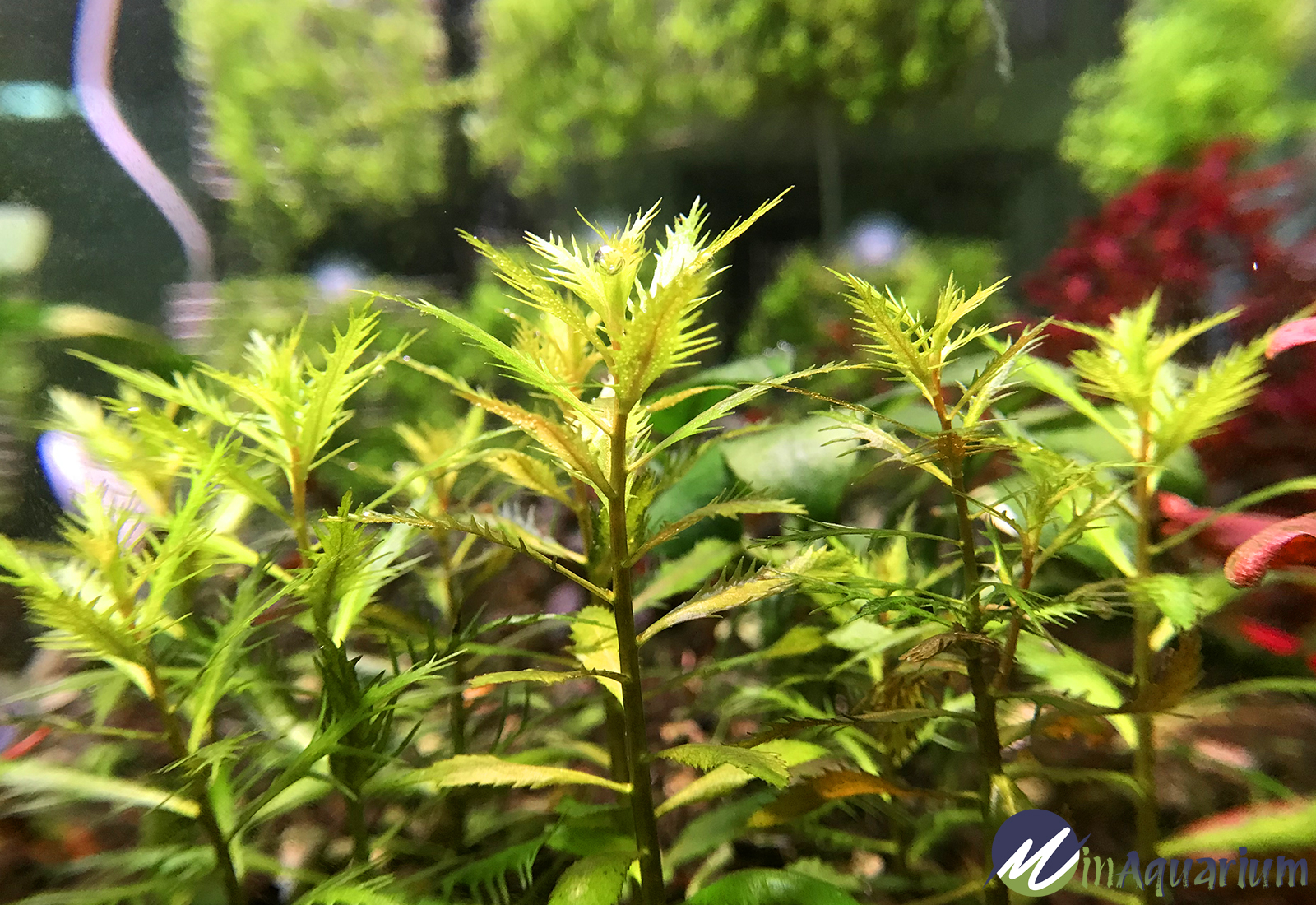

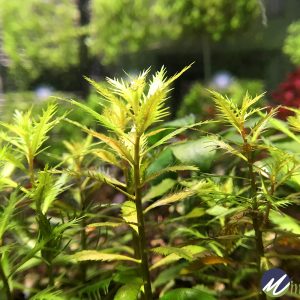
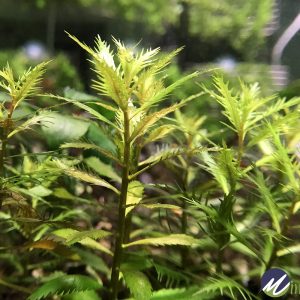


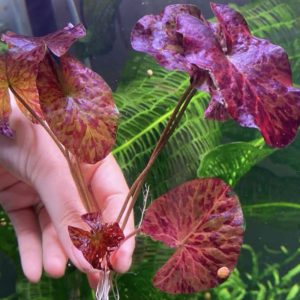
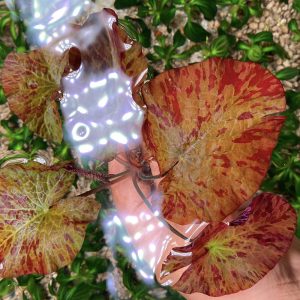
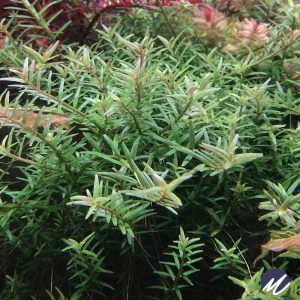
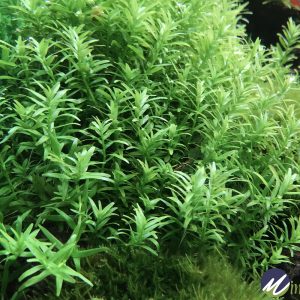
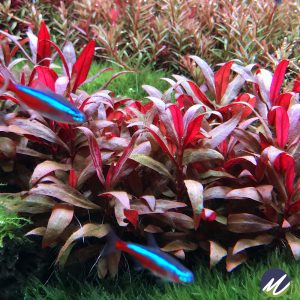
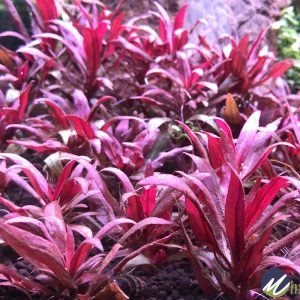
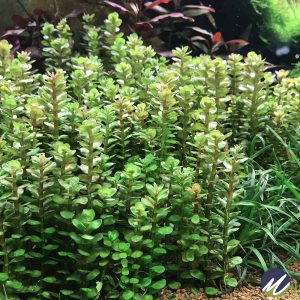
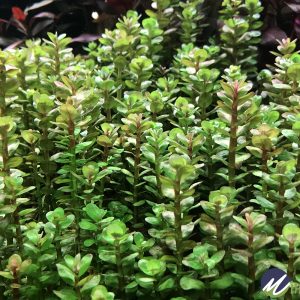
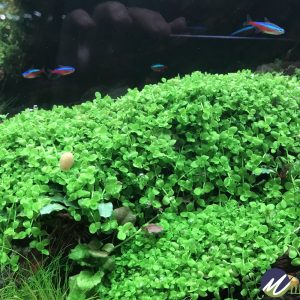
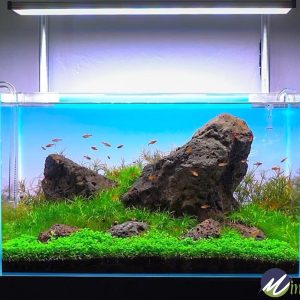
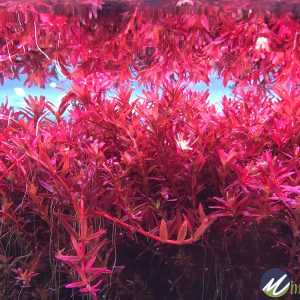

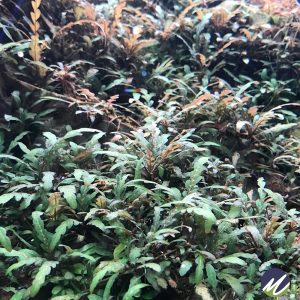

Reviews
There are no reviews yet.